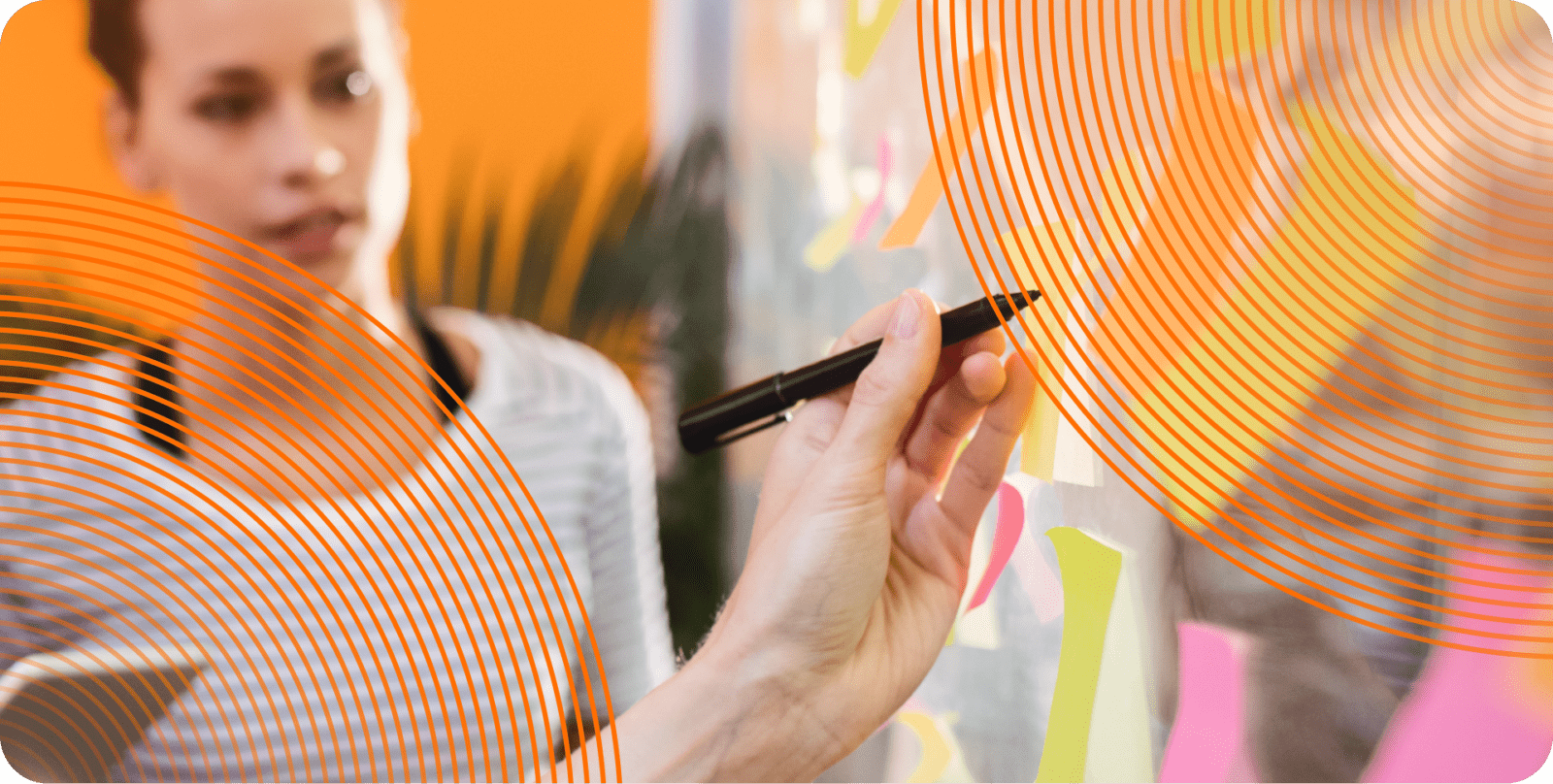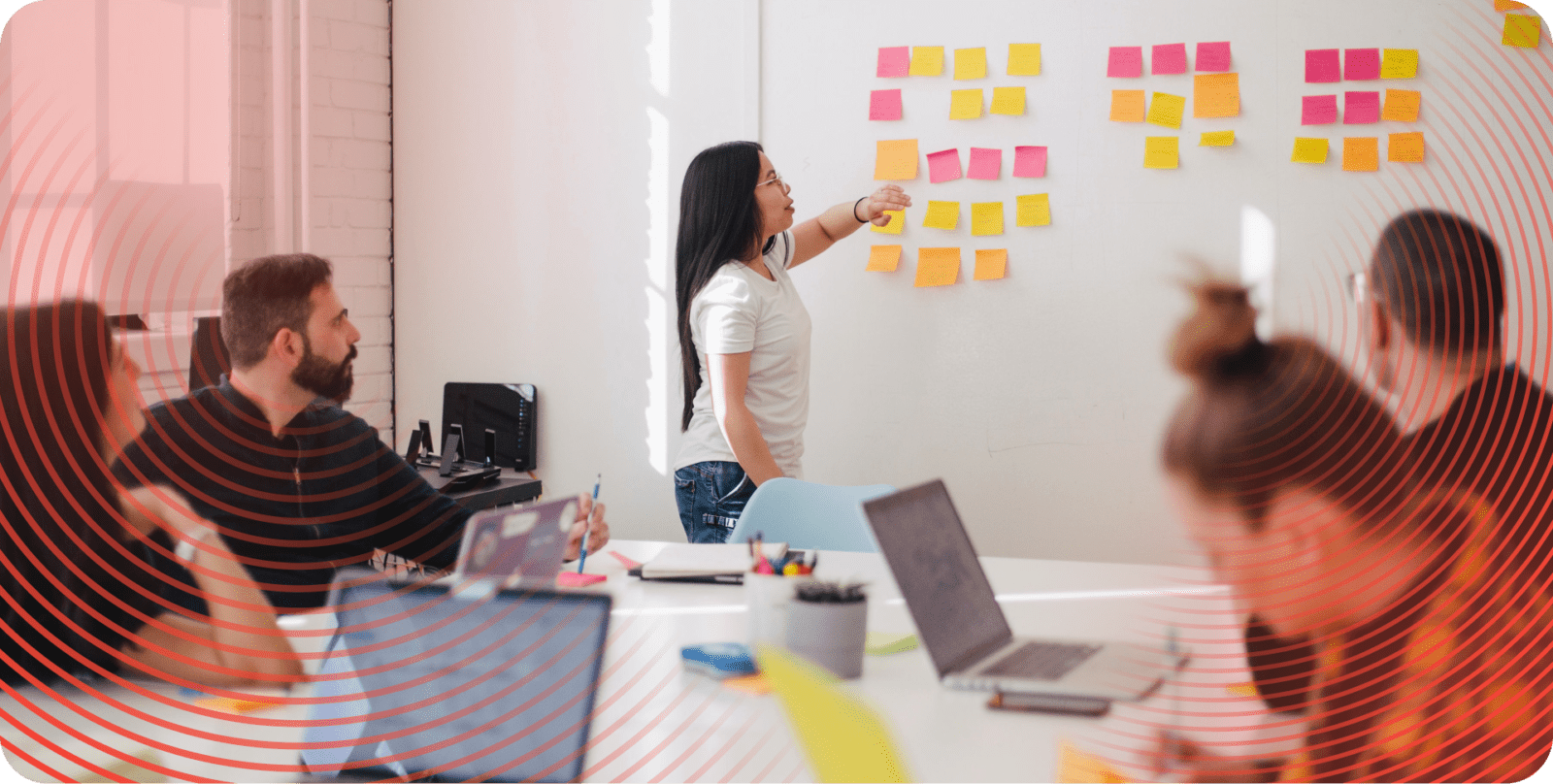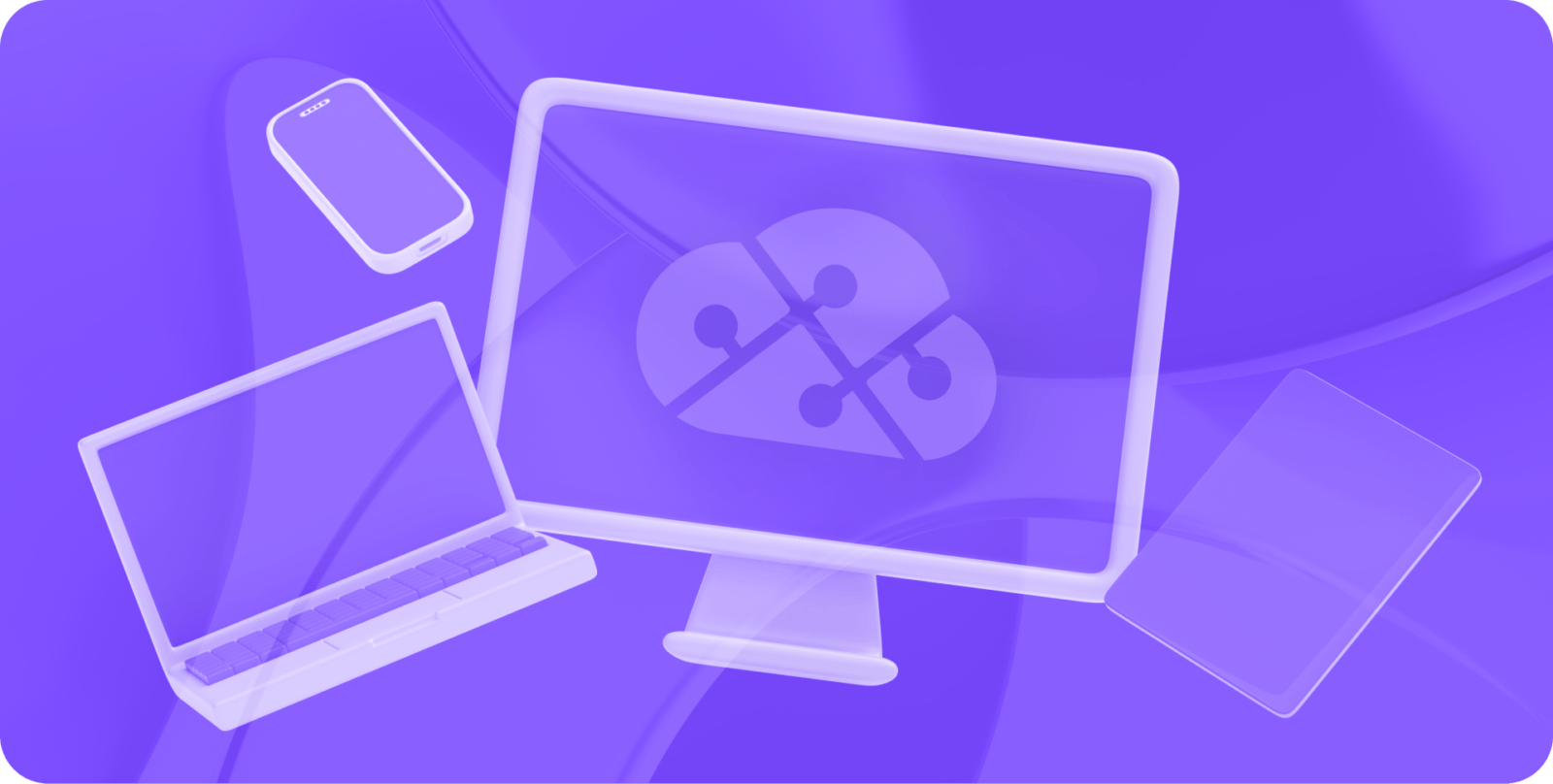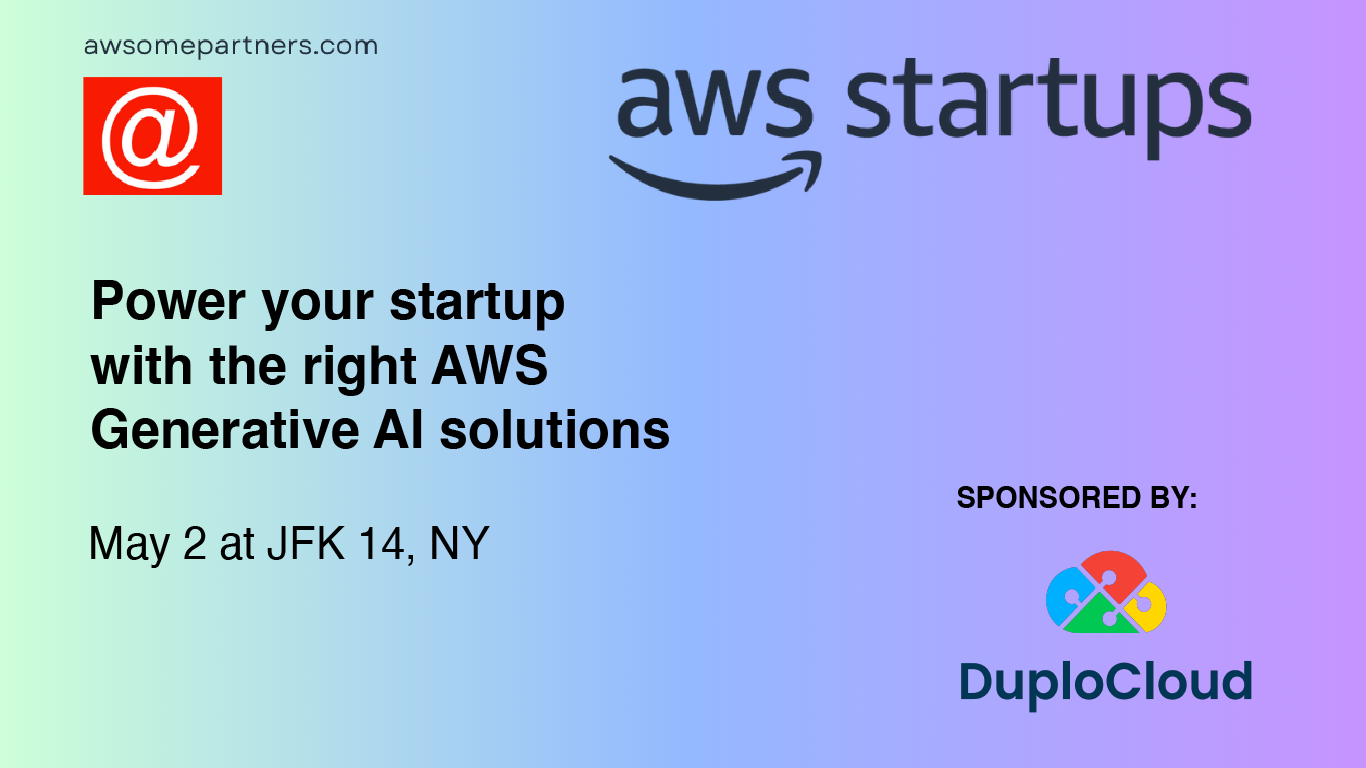Learn how native GCP compliance tools can help you streamline your compliance journey
Successfully navigating regulatory compliance in the digital space is an essential responsibility of any modern business. Whether your organization is governed by data protection laws like the GDPR or industry-specific regulations such as HIPAA or PCI-DSS, ensuring compliance can be a complex undertaking. Particularly when operating on Google Cloud Platform (GCP), there are several best practices that your organization can leverage to ensure that it adheres to the relevant compliance standards. In this article, we will delve deeper into five necessary steps and strategies for achieving GCP compliance and how a DevOps automation platform like DuploCloud can assist and simplify this process.
Understand Your Regulatory Landscape
The journey toward compliance begins with a thorough understanding of the regulations that apply to your organization. Whether you're navigating GDPR, HIPAA, PCI-DSS, or any other regulatory requirements, you need to know exactly what they entail. This means conducting a detailed audit of these regulations and ensuring that you have a firm grasp of their provisions, obligations, and potential penalties for non-compliance. Duplocloud has created multiple whitepapers specific to compliance and industry use cases that you can use for reference.
- PCI-DSS Compliance Checklist
- SOC 2 Compliance Checklist
- FEDRAMP Compliance Checklist
- Cloud Migration Checklist

Leverage GCP Compliance Tools
Google Cloud Platform provides a comprehensive suite of tools designed to help with achieving compliance. The platform's encryption capabilities, data loss prevention tools, and identity and access management solutions are all vital instruments in your compliance toolkit. Understanding GCP compliance tools, how they function, and the best ways to utilize them within your organization is crucial. Here are some helpful tools provided by GCP:
- Google Cloud Security Command Center (Cloud SCC): This is a comprehensive security management and data risk platform for Google Cloud.
- Cloud Data Loss Prevention (DLP): It helps you to discover, classify, and protect sensitive data.
- Google Cloud Identity & Access Management (IAM): IAM lets you authorize who can take action on specific resources.
- Google Kubernetes Engine (GKE): GKE is a managed environment for deploying, scaling, and managing containerized applications.
Implement the Principle of Least Privilege
The principle of least privilege (PoLP) is an essential tenet of cybersecurity and compliance. PoLP states that users should only be granted the permissions they need to perform their roles. Google Cloud Identity & Access Management (IAM) allows you to accurately define the access and permissions for each resource. Regularly reviewing and managing these permissions is key to preventing unauthorized access or data breaches.
Regularly Monitor and Log Activities
Continual monitoring and logging of activities are instrumental in maintaining compliance. Google Cloud’s operations suite provides robust logging and monitoring capabilities that enable you to identify unusual activities and respond swiftly to any potential threats. Furthermore, it is essential to retain these logs for a period as required by your compliance standards.
Implement Secure SDLC Practices
Incorporating security measures into your software development lifecycle (SDLC) is another essential practice. This means implementing regular security checks at each stage of the SDLC, from the initial design right through to the deployment and maintenance stages.
While these best practices offer a comprehensive approach to achieving regulatory compliance in GCP, the process can be intricate and time-consuming. This is where DuploCloud can help.
DuploCloud: Your Partner in Regulatory Compliance
DuploCloud works seamlessly with GCP compliance tools to simplify and expedite the process of achieving regulatory standards. Its automation capabilities streamline the management of your cloud infrastructure, reducing manual work, minimizing errors, and enhancing reliability.
DuploCloud's in-built compliance standardization controls help maintain compliance with numerous standards, such as SOC 2, PCI-DSS, HIPAA, HITRUST, NIST, and GDPR. This provides your organization with a comprehensive compliance solution that adapts and evolves with your needs. The result is more predictable outcomes and easier auditing, significantly reducing the effort of maintaining compliance.
The pursuit of GCP regulatory compliance does not have to be an uphill battle. By adhering to the recommended best practices and leveraging the power of DuploCloud, you can navigate the compliance landscape with confidence, ensuring that your organization remains secure, compliant, and ready to face the future.
Remember, achieving and maintaining compliance is an ongoing journey. It's not about reaching a final destination but about consistently advancing along the right path. With these best practices and DuploCloud’s assistance, that journey becomes significantly smoother, allowing your organization to thrive in today's fast-paced digital world.









